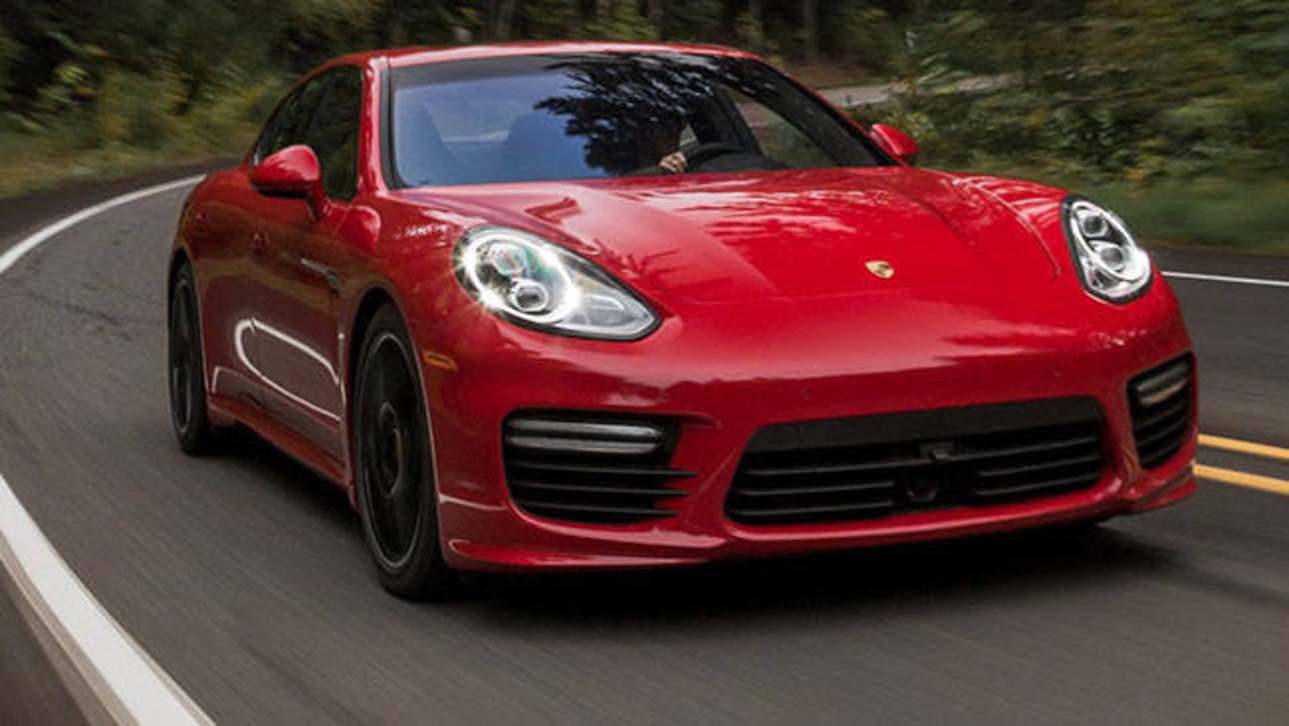BMW has come up with the answer – the Concept 5 Series ActiveHybrid – the third BMW model to combine electric drive with a conventional petrol engine.
The 5 Series ActiveHybrid is being launched in Geneva this week to coincide with the debut of the new BMW 5 Series sedan at the Geneva Motor Show.
One of the car’s high-tech features is the ability to calculate and forecast future driving conditions from data saved in the navigation system. This is designed to prepare the drivetrain components and electronic system for a possible change in requirements and driving style.
To analyse driving conditions up front, the system uses data provided by engine and chassis management as well as the sensors in the driver assistance systems on board the car. For example, if the system determines that the freeway ahead is about to lead downhill, the charge level of the high-voltage battery is controlled in advance to regain brake energy upfront with maximum efficiency. Similarly, the battery may be fully charged in good time before the driver reaches his destination, enabling the system to switch off the combustion engine at an early point and change to all-electric drive along the final stretch of road, which can extend the cruising range on electric power by up to 30 per cent.
The Concept 5 Series ActiveHybrid represents an ongoing development of the ActiveHybrid X6 and the BMW ActiveHybrid 7 with their drivetrain technology already in production. It uses a straight six petrol engine with TwinPower Turbo technology, eight-speed automatic transmission and electric drive. The combination of the two power sources helps reduce fuel consumption and emissions by 10 per cent. At the same time the electric motor has a boost function to add more power for the petrol engine when needed. Around town the car can operate on all-electric power with zero emissions, and a hybrid-based Auto Start Stop function aids economy even further by switching off the engine at traffic lights.
Drawing its energy from a high-voltage battery at the back of the car, the electric motor develops maximum output of 40kW. An automatic clutch connects the petrol engine and electric motor. When decelerating and using the brakes the electric drive system acts as a generator to feed power back into the battery pack, converting kinetic energy otherwise wasted as heat in the brake system into electric power later. In principle the system works the same as the brake energy regeneration system already available in BMW production cars. The high-voltage battery pack has been specially developed and sits near the rear axle of the car. Apart from the electric motor, the battery pack also delivers electric power to the car’s on-board network, working the climate control system remotely if needed.





.jpg)
.jpg)



.jpg)
.jpg)

.jpg)


.jpg)


.jpg)

.jpg)
.jpg)







Comments